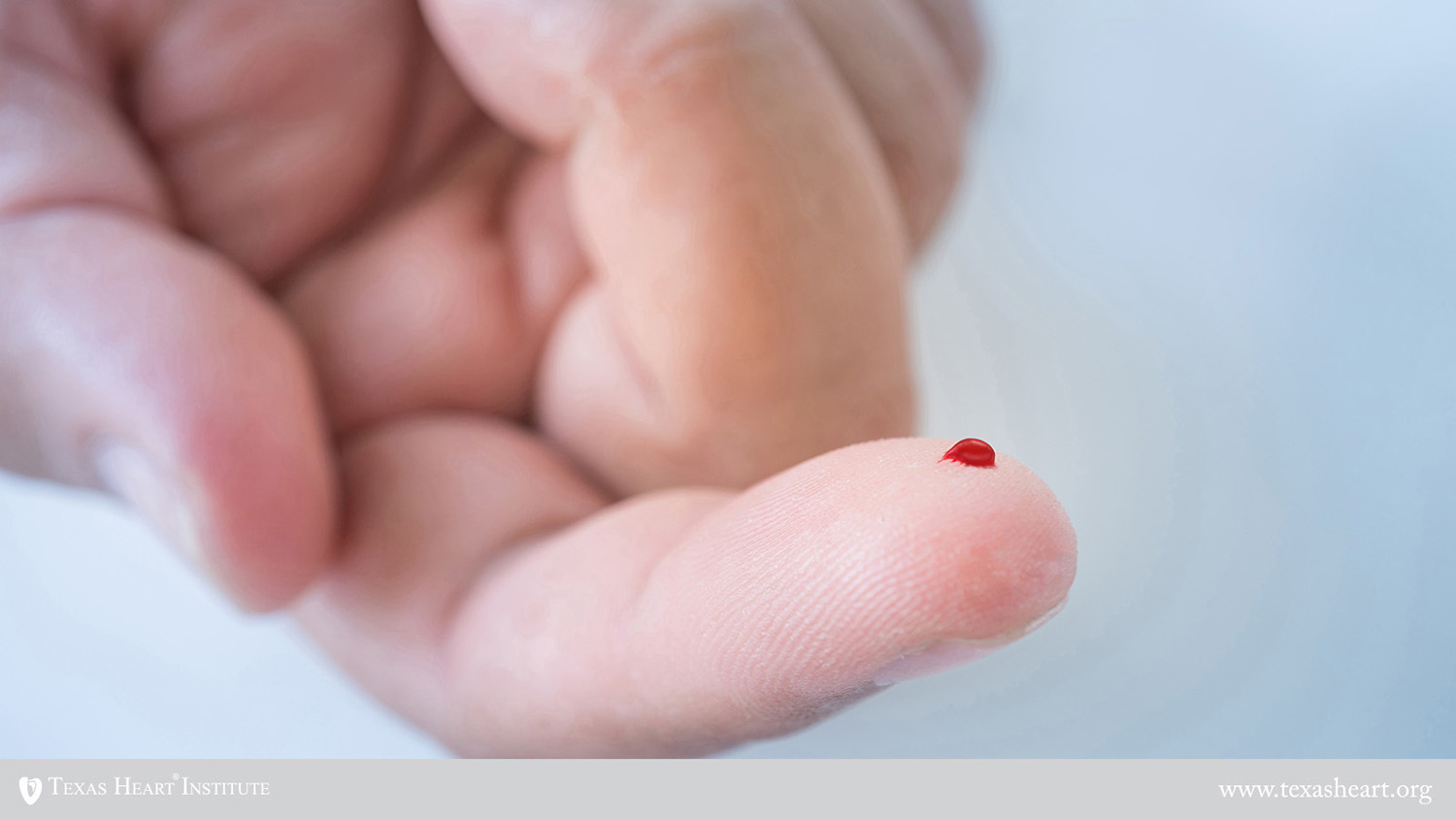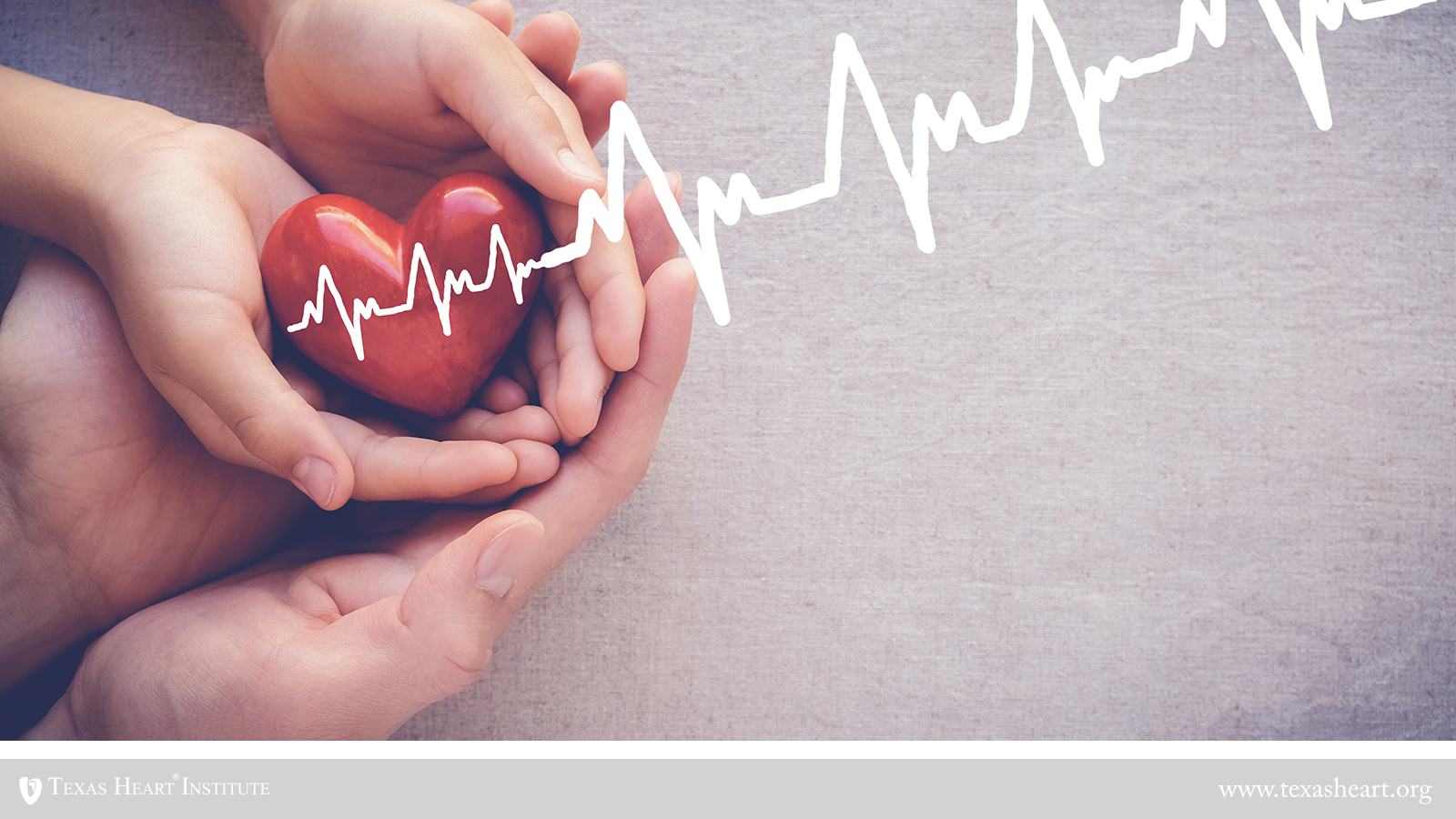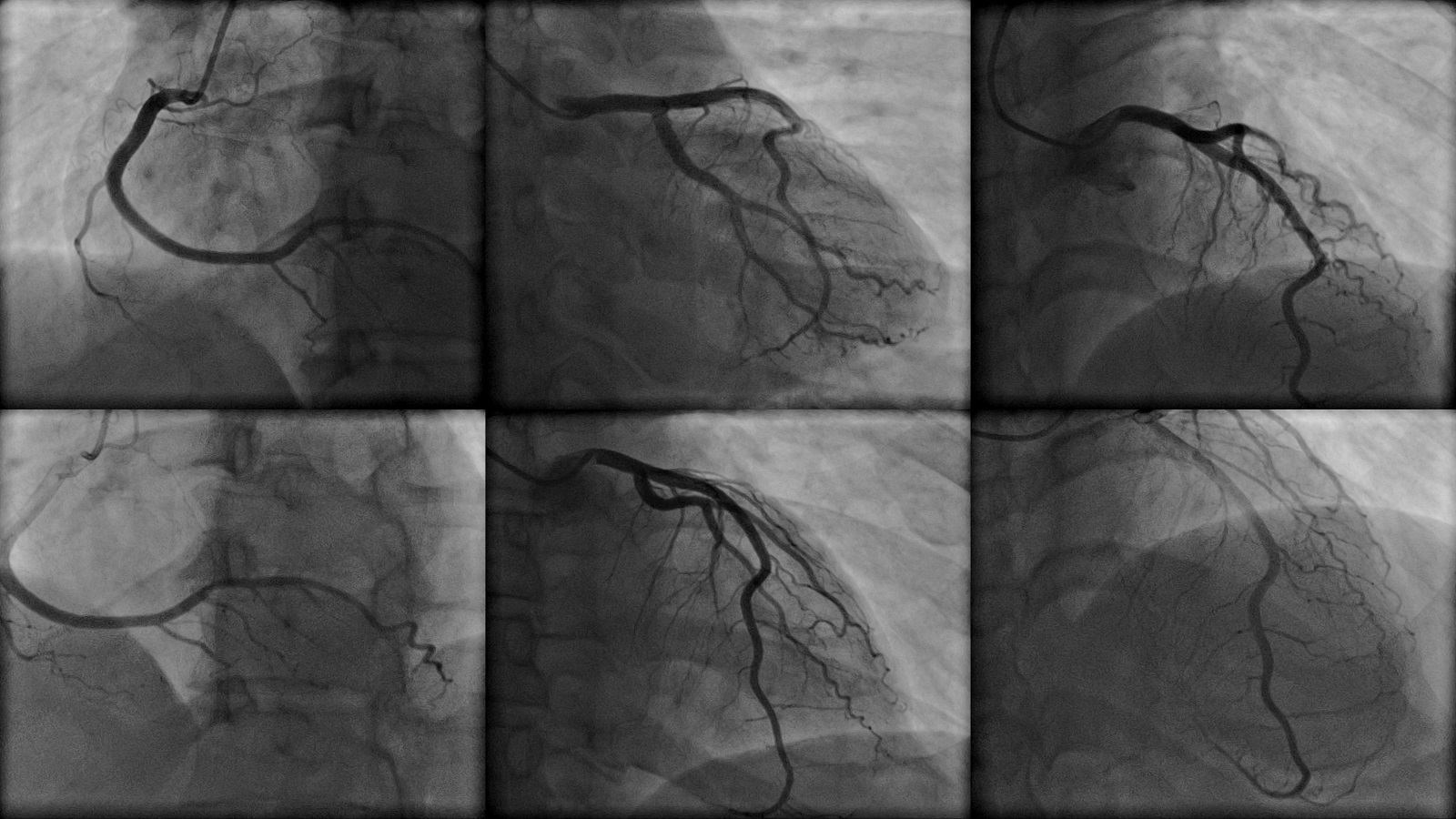
Is vulnerable plaque different from regular plaque (as in coronary arteries?)
You are correct. A vulnerable plaque is one prone to rupture because it is inflamed and the rupture of the...

You are correct. A vulnerable plaque is one prone to rupture because it is inflamed and the rupture of the...
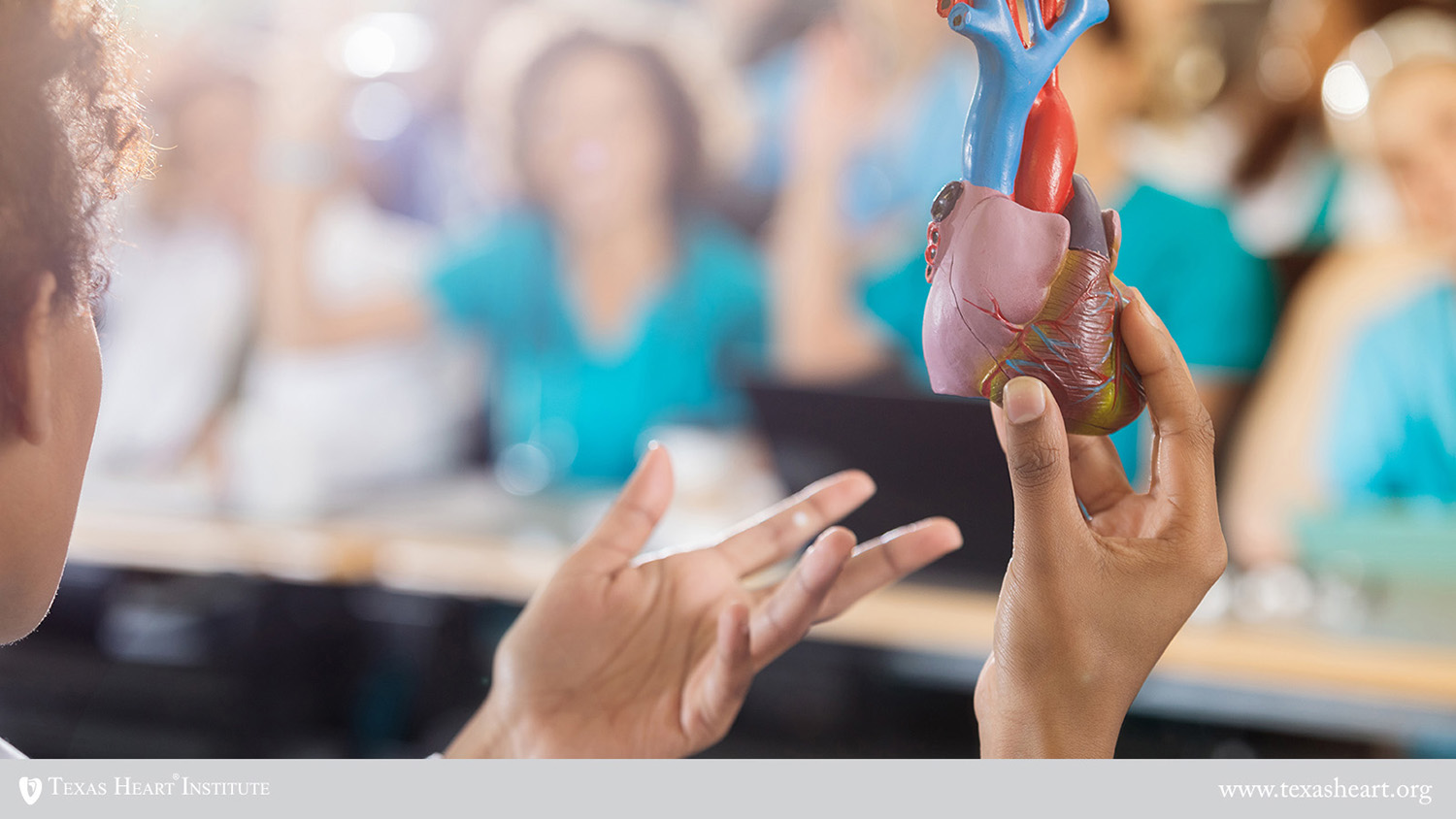
Your heart is located between your lungs in the middle of your chest, behind and slightly to the left of your breastbone. A double-layered membrane called the pericardium surrounds your heart like a sac. The heart weighs between 7 and 15 ounces (200 to 425 grams) and is a little larger than the size of your fist.
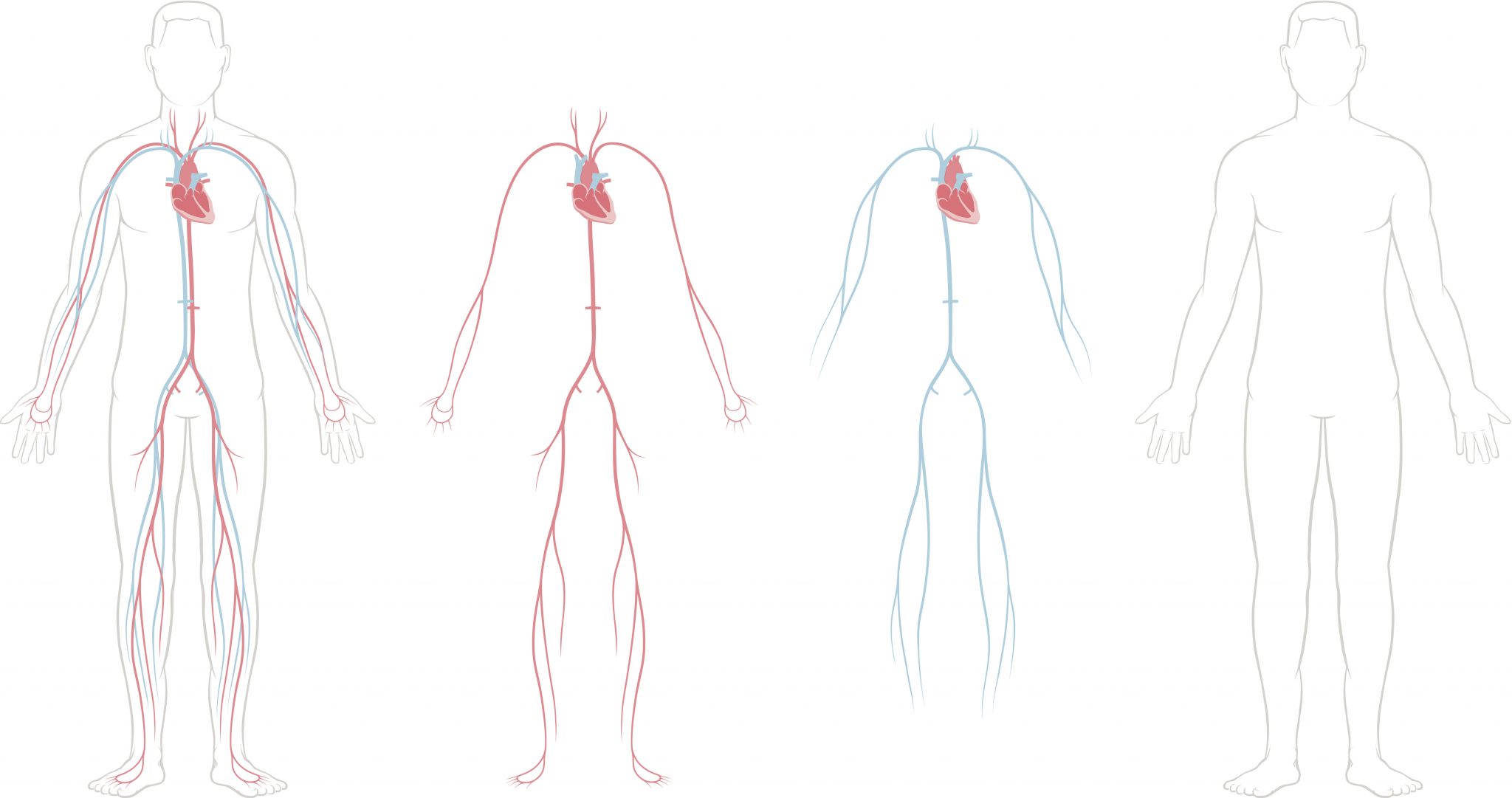
The heart and circulatory system make up your cardiovascular system. Your heart works as a pump that pushes blood to the organs, tissues, and cells of your body. Blood delivers oxygen and nutrients to every cell and removes the carbon dioxide and waste products made by those cells.
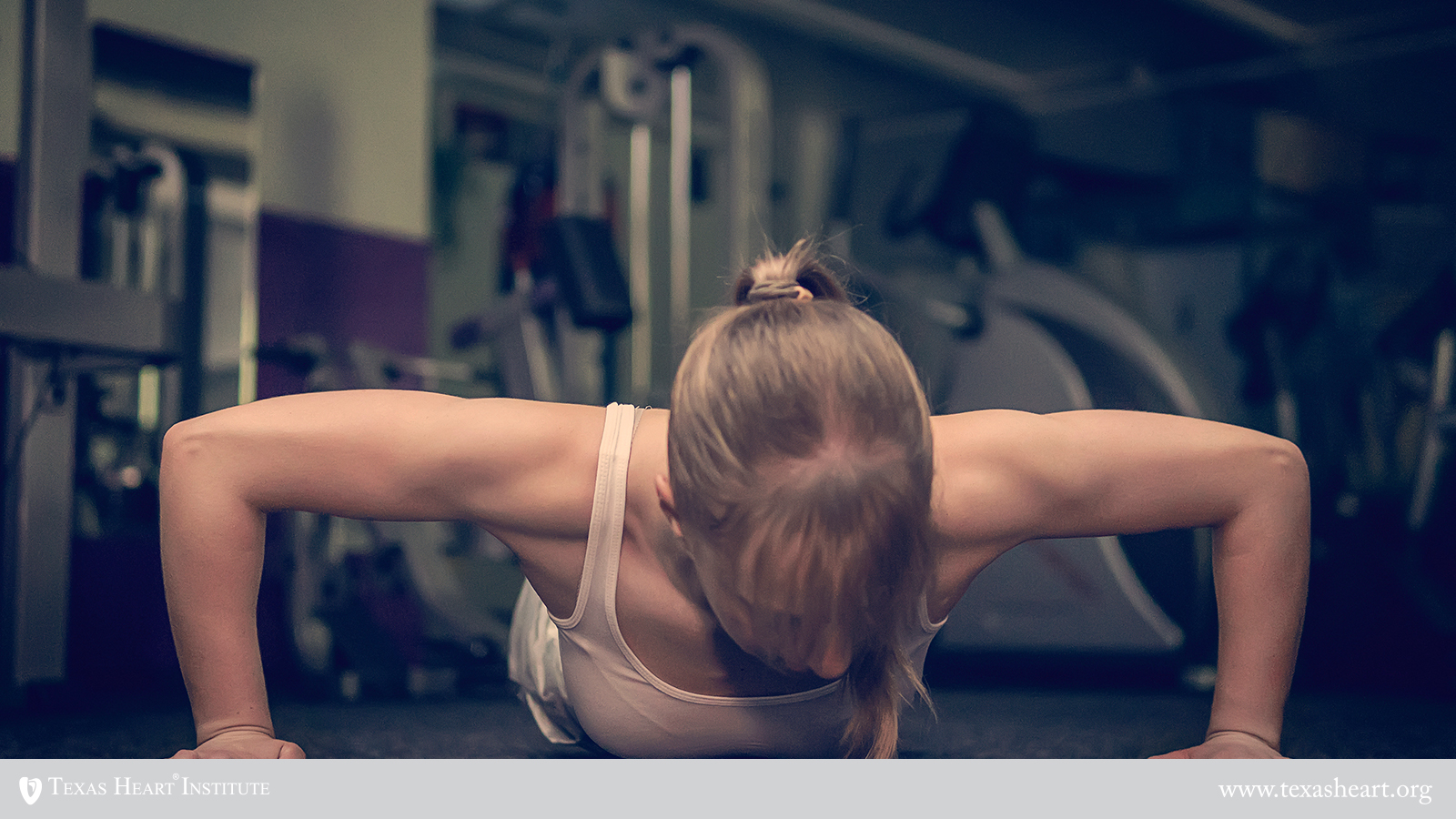
The one-way vascular system carries blood to all parts of your body, including the vasculature of the torso. This process...

The one-way vascular system carries blood to all parts of your body. This process of blood flow within your body...
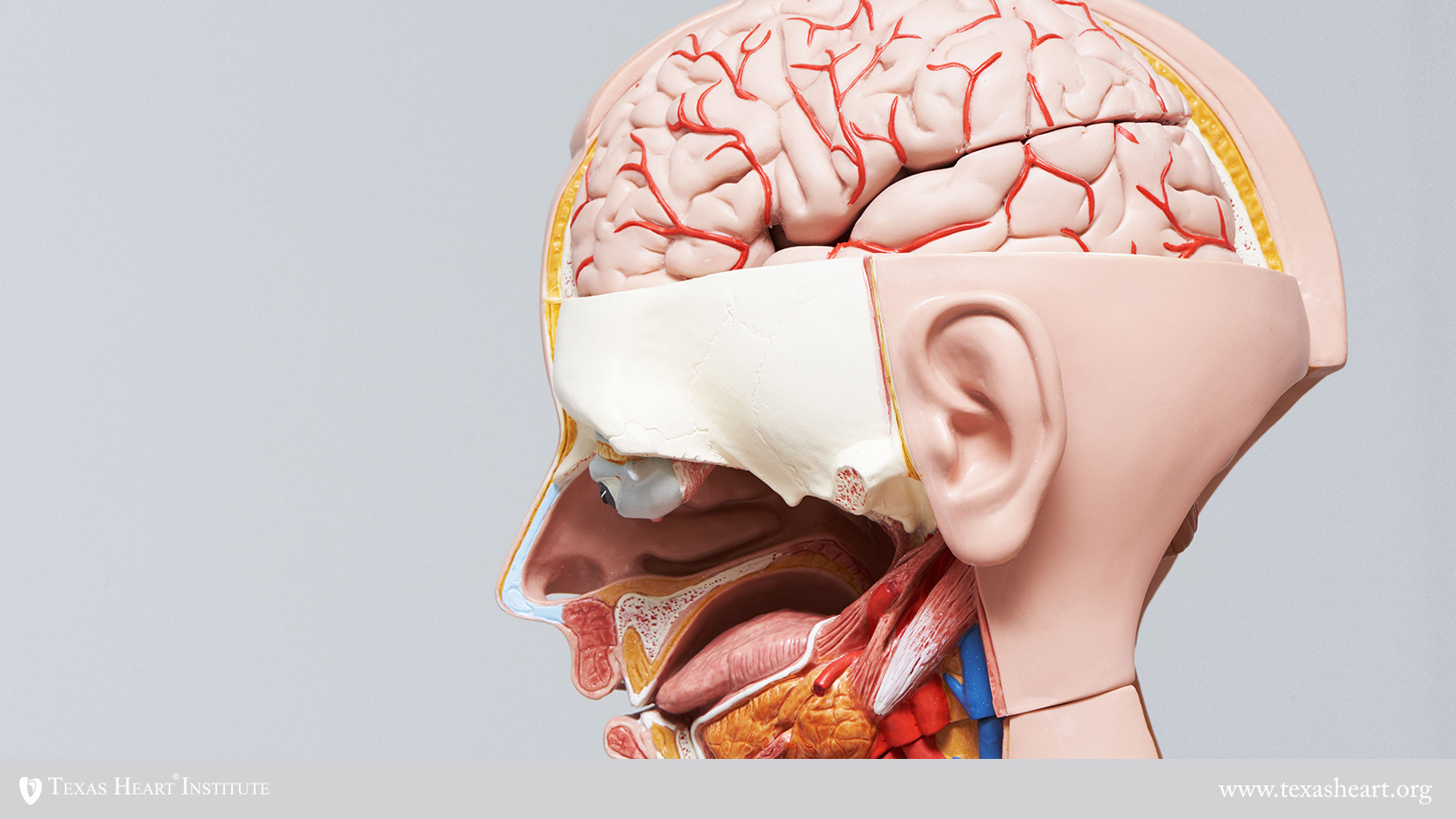
The one-way vascular system carries blood to all parts of your body. This process of blood flow within your body...

The one-way vascular system carries blood to all parts of your body. This process of blood flow within your body...
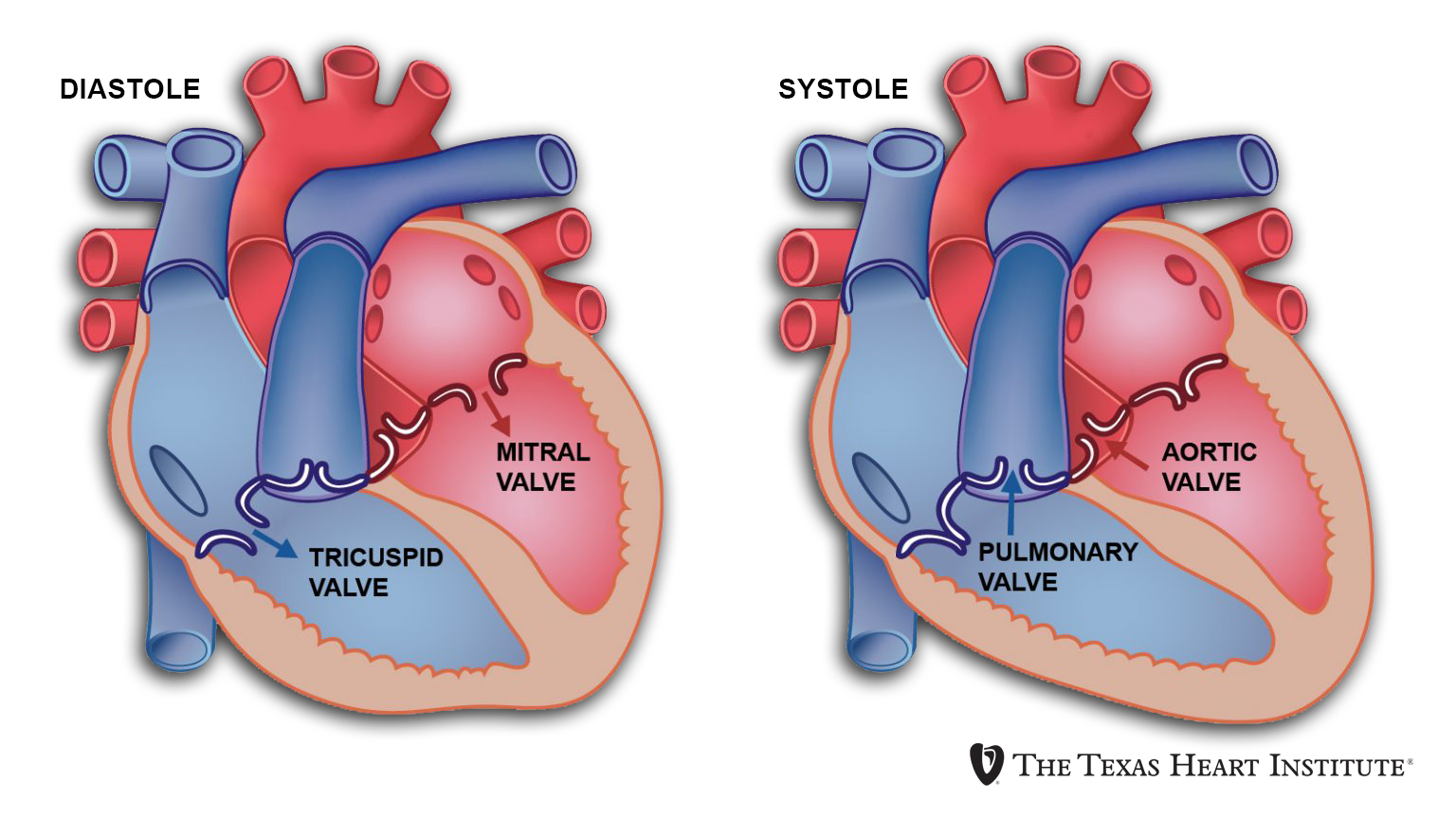
Four valves regulate blood flow through your heart: • The tricuspid valve regulates blood flow between the right atrium...
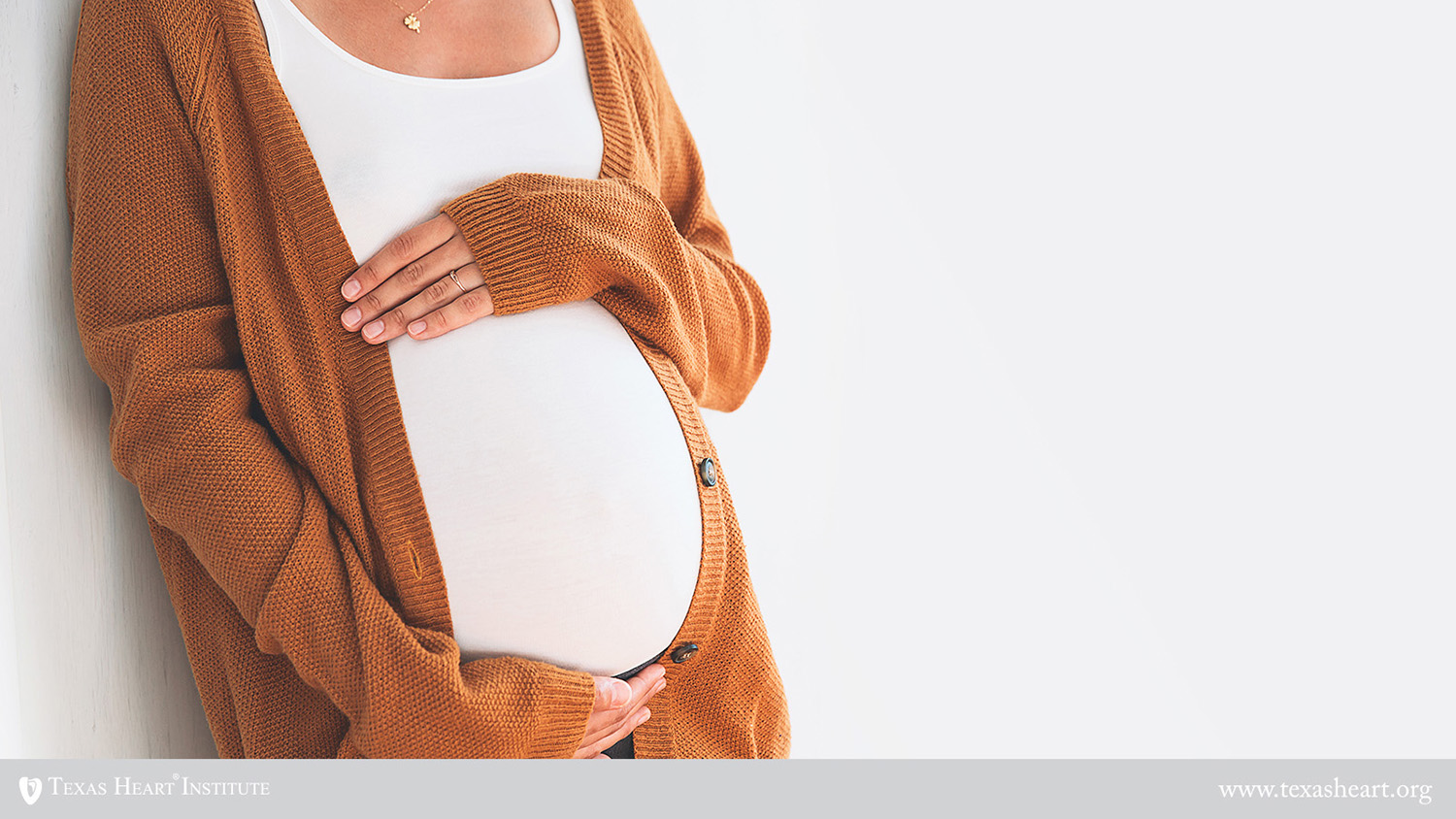
The baby growing inside of the mother’s uterus (the womb) is called a fetus. The growing fetus is fully dependent...
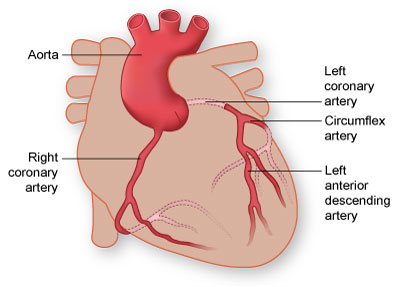
Coronary Circulation The heart muscle, like every other organ or tissue in your body, needs oxygen-rich blood to survive. Blood...
You can see how this popup was set up in our step-by-step guide: https://wppopupmaker.com/guides/auto-opening-announcement-popups/

Visit U.S. News & World Report
